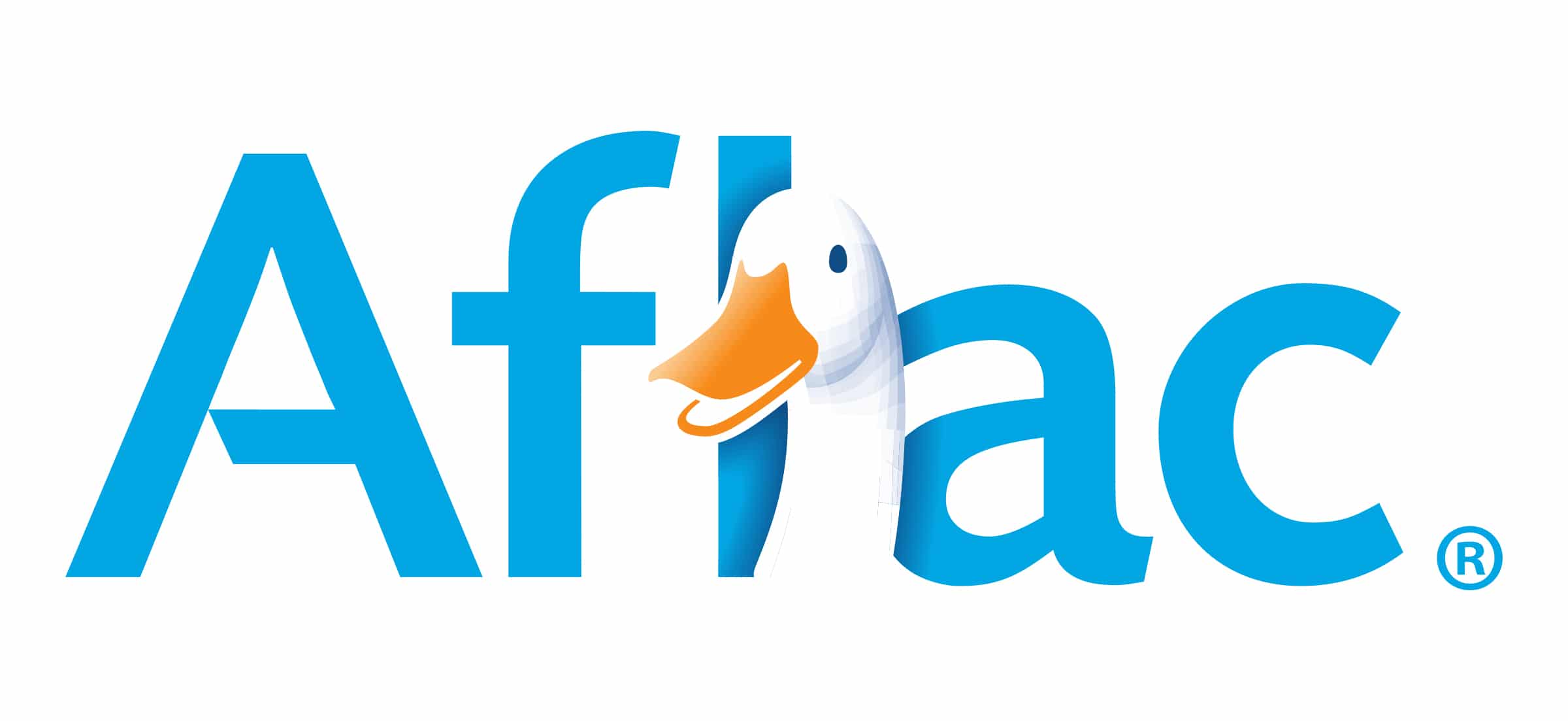Home>Finance>How Long Must The Grace Period Be For A Bill To Become Active?


Finance
How Long Must The Grace Period Be For A Bill To Become Active?
Published: February 19, 2024
Learn about the ideal grace period for bill activation in finance. Understand the importance of timing and avoid late fees.
(Many of the links in this article redirect to a specific reviewed product. Your purchase of these products through affiliate links helps to generate commission for LiveWell, at no extra cost. Learn more)
Table of Contents
Introduction
Understanding the Importance of Grace Periods for Bill Activation
When it comes to managing personal finances, understanding the intricacies of bill payment cycles is crucial. One significant aspect of this process is the grace period, a timeframe during which a payment can be made without incurring penalties or affecting one’s credit score. The length of this grace period varies depending on the type of bill and the terms set by the billing entity. In this article, we will delve into the concept of grace periods for bill payments, exploring the factors that influence their duration and the impact of this timeframe on bill activation.
Whether it’s a credit card statement, utility bill, or loan repayment, bills often come with a grace period, providing consumers with a window of opportunity to make timely payments. Understanding the specifics of these grace periods is essential for maintaining financial stability and avoiding unnecessary fees or negative credit reporting. As such, gaining insight into the factors that determine the length of grace periods and their implications on bill activation is valuable knowledge for anyone seeking to effectively manage their financial obligations.
Throughout this article, we will unravel the complexities of grace periods, shedding light on their significance in the realm of personal finance. By comprehending the dynamics of grace periods, individuals can make informed decisions regarding bill payments, ultimately fostering greater financial well-being and peace of mind.
Understanding Grace Periods for Bills
Grace periods are a fundamental component of bill payment cycles, offering consumers a buffer of time to submit payments without facing adverse consequences. In essence, a grace period serves as a brief extension beyond the due date, during which individuals can settle their bills without incurring late fees or damaging their credit scores. This period varies depending on the type of bill and the policies established by the billing entity.
For credit card payments, the grace period typically ranges from 21 to 25 days, allowing cardholders to pay off their balances in full before accruing interest. This feature is a valuable benefit for responsible credit card users, enabling them to avoid finance charges as long as the outstanding balance is cleared within the specified timeframe. In contrast, utility bills, such as electricity, water, and internet services, may have shorter grace periods, often ranging from 10 to 15 days. Similarly, loan repayments, including mortgages, student loans, and personal loans, also come with varying grace periods, depending on the terms outlined in the loan agreement.
It’s important to note that while grace periods provide a degree of flexibility for bill payment, they do not alter the due date. Rather, they offer a window of time beyond the due date within which payments can be made without penalty. Understanding the specific grace period associated with each bill is crucial for effectively managing one’s financial obligations and avoiding unnecessary fees.
Moreover, the calculation of grace periods may differ based on the billing cycle. Some bills may have a “true” grace period, where the due date and the end of the grace period are fixed, while others may employ a “daily” or “average daily balance” method, where interest accrues from the date of the transaction until the payment is received. This variance underscores the importance of comprehending the nuances of grace periods for different types of bills.
Overall, grace periods play a pivotal role in the realm of bill payments, offering consumers a brief respite beyond the due date to settle their financial obligations. By understanding the intricacies of grace periods, individuals can navigate the bill payment process with greater confidence and financial acumen.
Factors Affecting the Length of Grace Periods
The duration of a grace period for bill payments is influenced by a variety of factors, each contributing to the specific timeframe allocated for timely settlements. Understanding these determinants sheds light on the rationale behind varying grace periods across different types of bills.
1. Billing Entity Policies: The policies established by the billing entity significantly impact the length of the grace period. Credit card issuers, utility providers, and lenders have the autonomy to set their own grace periods based on internal considerations and industry standards. This autonomy often results in variations in grace period lengths across different service providers.
2. Regulatory Requirements: In some cases, regulatory bodies or government agencies may impose minimum grace period standards for certain types of bills. For instance, credit card issuers are subject to regulations regarding grace periods, ensuring that consumers are provided with a reasonable timeframe to make payments without incurring interest charges.
3. Billing Cycle Structure: The billing cycle structure, including the frequency of bill issuance and the timing of due dates, can influence the length of the grace period. Bills issued on a monthly, bi-monthly, or quarterly basis may have varying grace periods to accommodate the billing cycle and provide consumers with adequate time to submit payments.
4. Consumer Advocacy: Consumer advocacy and market competition can also impact grace period lengths. Service providers may adjust their grace periods in response to consumer demands or competitive pressures, aiming to attract and retain customers by offering favorable terms for bill payments.
5. Type of Bill: The nature of the bill itself plays a role in determining the length of the grace period. Credit card bills, utility bills, and loan repayments may have distinct grace period standards based on the industry norms and the specific requirements associated with each type of bill.
6. Customer Payment Behavior: The historical payment behavior of customers can influence grace period decisions. Service providers may adjust grace periods based on the payment patterns of their clientele, aiming to strike a balance between facilitating timely payments and mitigating financial risks.
These factors collectively contribute to the varying lengths of grace periods for bill payments, underscoring the multifaceted considerations that shape the dynamics of timely settlements. By recognizing these influences, consumers can gain a deeper understanding of grace periods and their implications for managing financial responsibilities.
Impact of Grace Period Length on Bill Activation
The length of the grace period for bill payments holds significant implications for consumers, exerting influence on financial management and credit-related outcomes. Understanding how the duration of the grace period affects bill activation is essential for making informed decisions and optimizing one’s approach to managing financial obligations.
1. Timely Payment Facilitation: A longer grace period provides consumers with an extended window to submit payments, facilitating timely settlements and reducing the likelihood of incurring late fees. This additional time can be particularly beneficial for individuals managing multiple bills, offering flexibility in aligning payment dates with cash flow and budgeting cycles.
2. Credit Score Impact: The length of the grace period can impact credit scores, especially in the context of credit card payments. A shorter grace period may increase the risk of late payments, potentially leading to negative effects on credit scores. Conversely, a longer grace period offers a greater opportunity for cardholders to manage their balances responsibly, contributing to positive credit scoring outcomes.
3. Interest Accrual Avoidance: For bills subject to interest charges, such as credit card balances, a longer grace period allows consumers to settle their accounts before interest accrues. This can result in cost savings and enhanced financial stability, as individuals can avoid additional finance charges by utilizing the full grace period to clear outstanding balances.
4. Financial Planning Flexibility: A lengthier grace period affords consumers with greater flexibility in financial planning. It enables individuals to coordinate bill payments with income inflows and expense obligations, fostering a more balanced and sustainable approach to managing financial resources.
5. Mitigation of Payment Pressures: Short grace periods may create undue pressure on consumers to make immediate payments, potentially leading to financial strain and decision-making under duress. A longer grace period alleviates such pressures, allowing individuals to approach bill payments with a more measured and deliberate mindset.
Overall, the length of the grace period significantly influences the dynamics of bill activation, presenting both challenges and opportunities for consumers. By recognizing the impact of grace period duration on financial management and credit-related outcomes, individuals can strategize their bill payment approach to align with their broader financial goals and priorities.
Conclusion
Grace periods for bill payments are integral components of the financial landscape, offering consumers a valuable opportunity to manage their obligations with flexibility and prudence. By delving into the nuances of grace periods, individuals can gain a deeper understanding of the factors shaping these timeframes and the impact they wield on financial management and credit-related outcomes.
As consumers navigate the realm of bill payments, comprehending the factors influencing the length of grace periods is essential. From the policies of billing entities to regulatory requirements and consumer advocacy, various considerations converge to determine the duration of grace periods across different types of bills. Recognizing these influences empowers individuals to make informed decisions regarding their financial responsibilities and payment strategies.
Moreover, the length of the grace period holds substantial implications for bill activation. It influences the facilitation of timely payments, credit scoring outcomes, interest accrual, financial planning flexibility, and the mitigation of payment pressures. Understanding these impacts enables consumers to approach bill payments with greater foresight and strategic intent, aligning their actions with long-term financial well-being.
Ultimately, the significance of grace periods extends beyond mere timelines for bill settlements; it encompasses the broader landscape of financial acumen and responsible money management. By embracing a comprehensive understanding of grace periods and their impact, individuals can navigate the intricacies of bill payments with confidence and efficacy, fostering financial stability and peace of mind.
In conclusion, grace periods serve as pivotal mechanisms for promoting financial prudence and empowering consumers to fulfill their obligations in a manner that aligns with their broader financial goals. By embracing a nuanced understanding of grace periods and their implications, individuals can harness these timeframes to optimize their financial decision-making and enhance their overall financial well-being.














